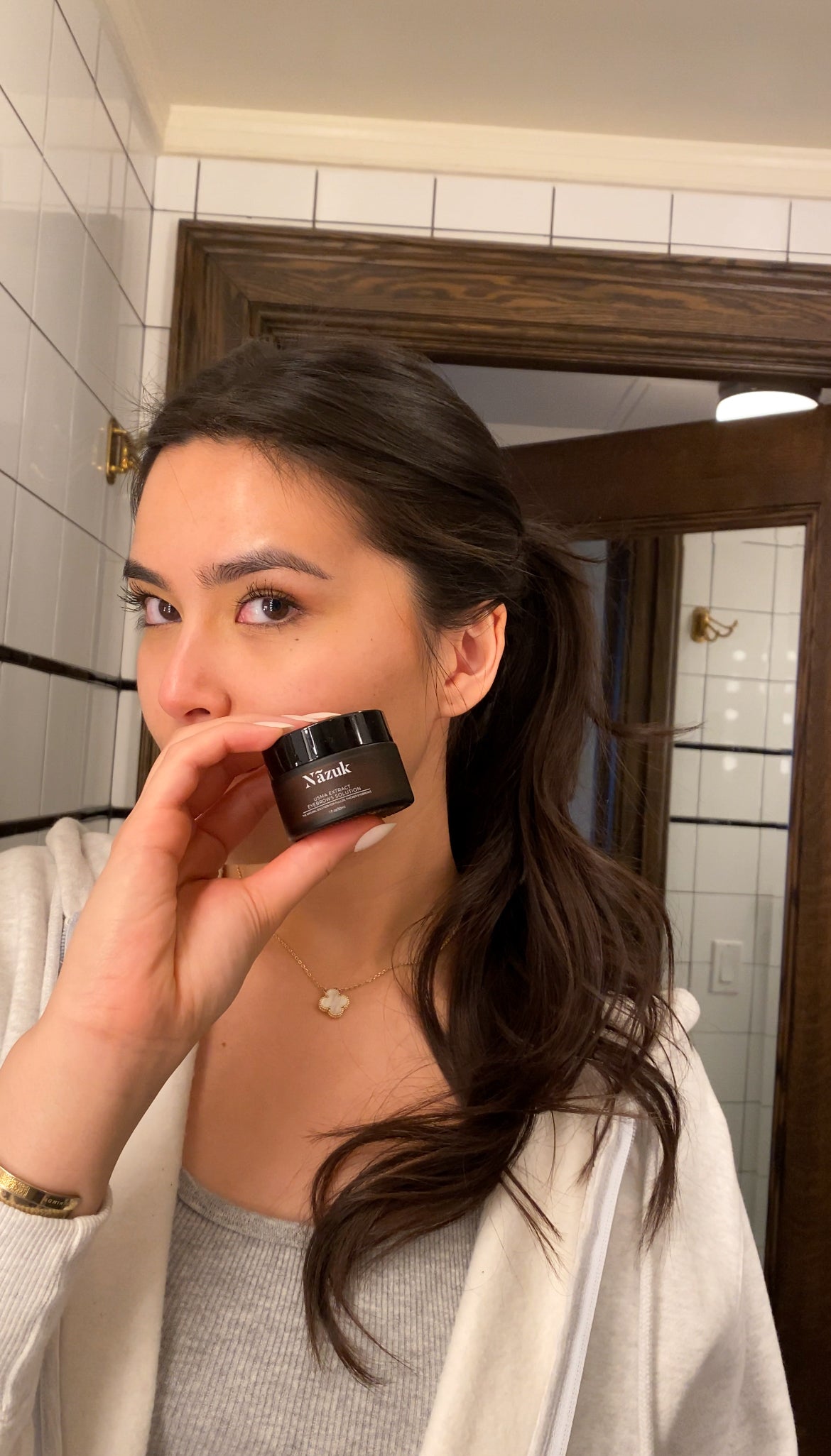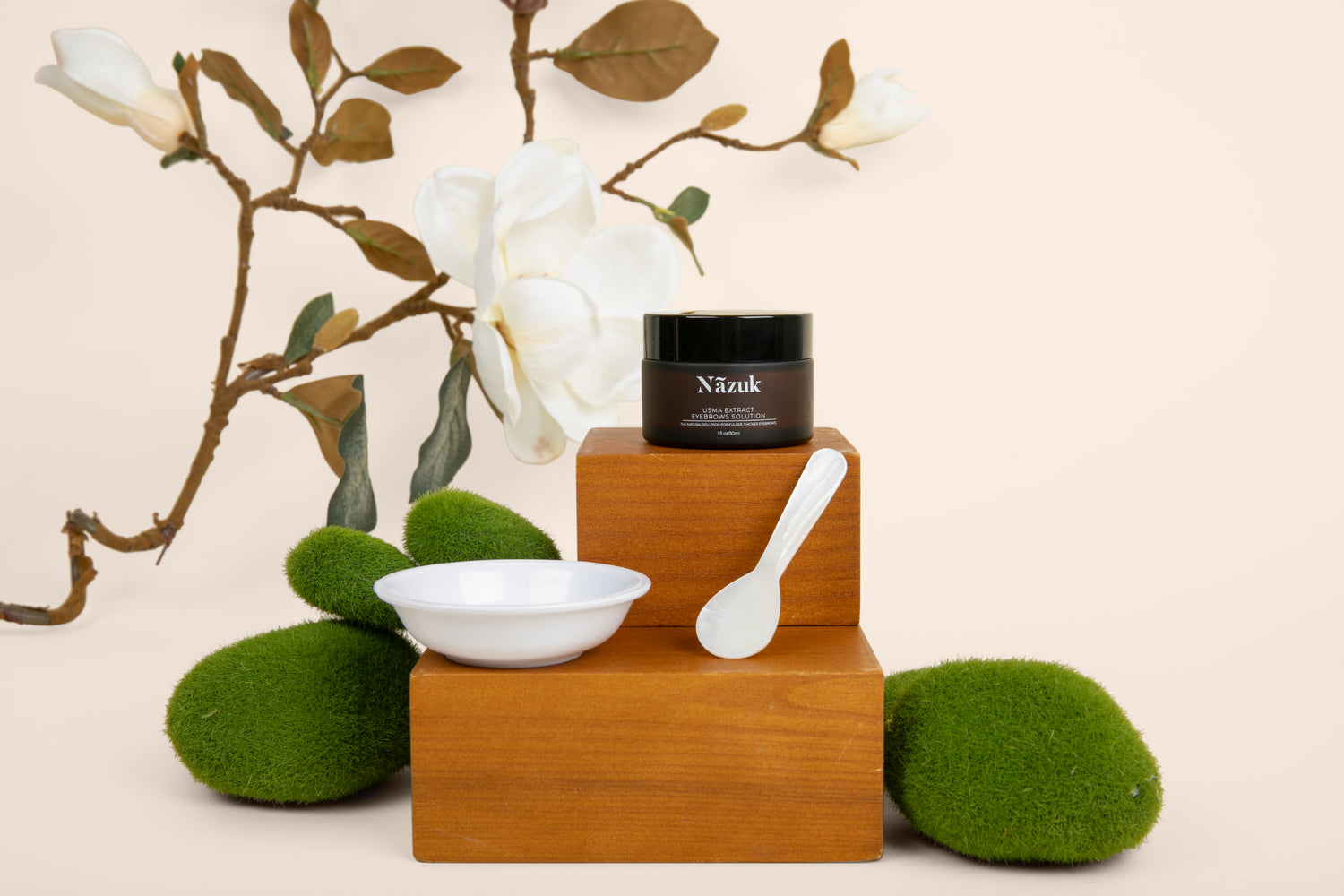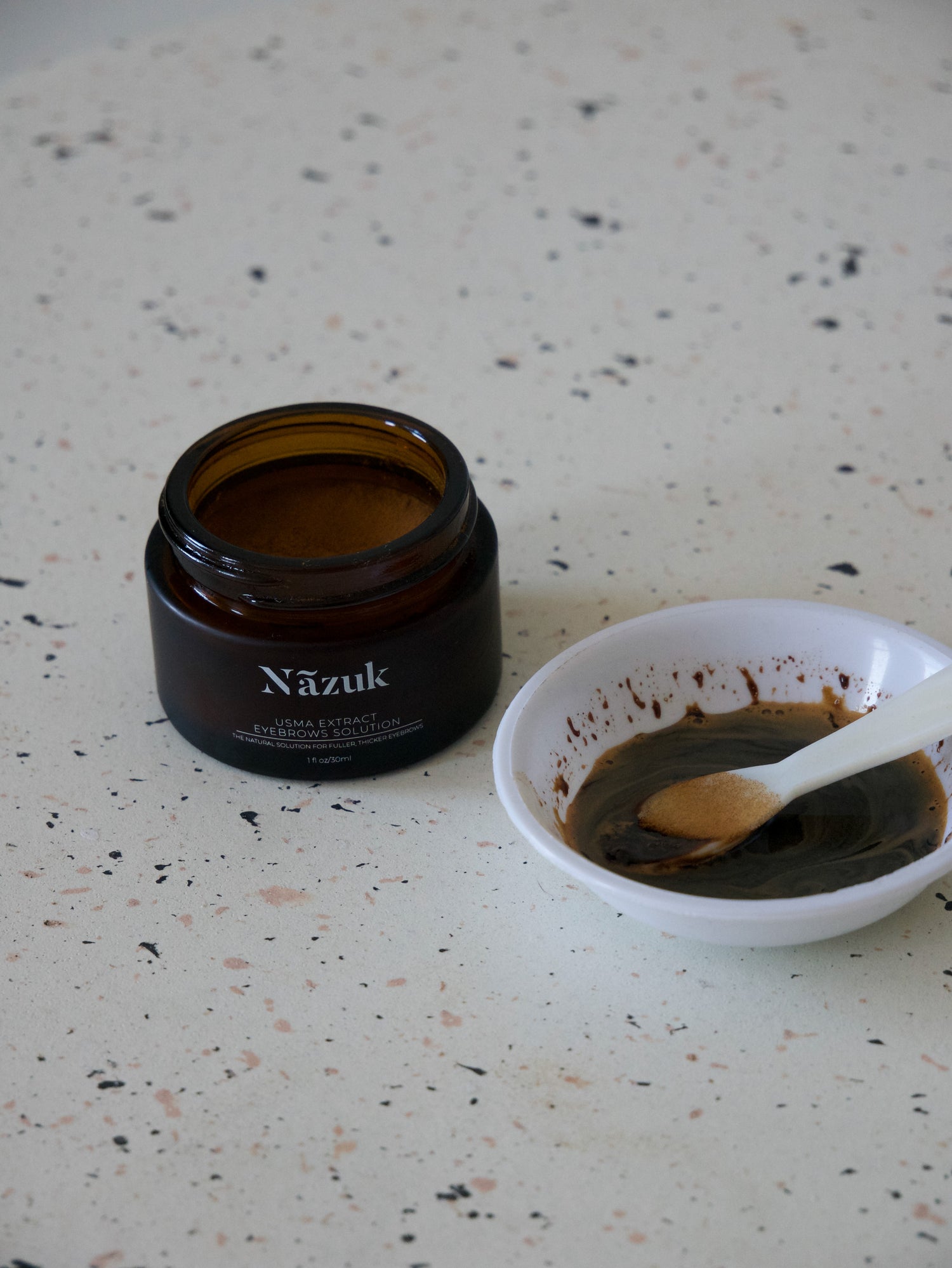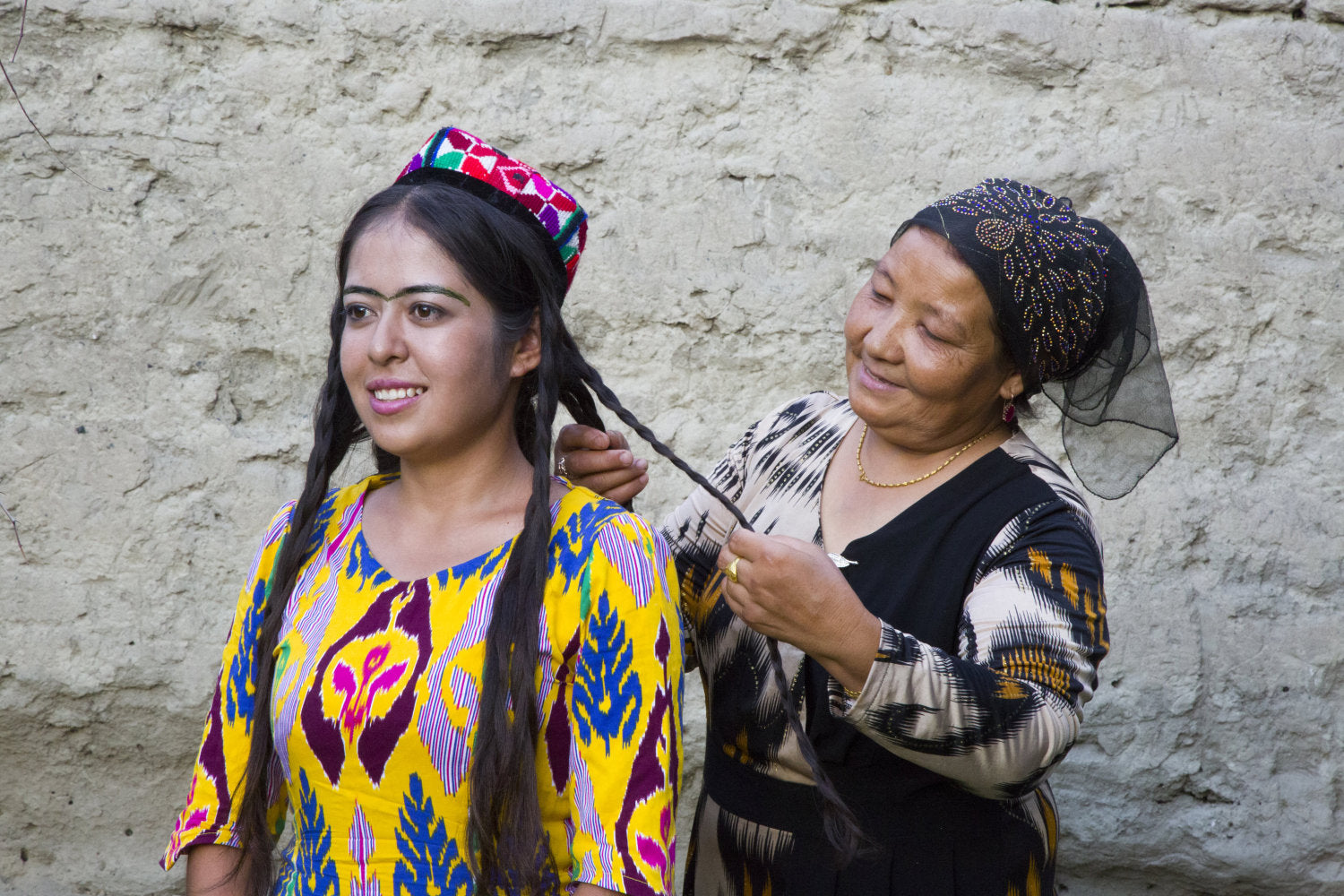Struggling with thinning hair or patchy brows and wondering which solution actually works? You’re not alone. It’s a quiet kind of frustration—running your hands through your hair and wondering when it started to feel so different. For many, the search for answers becomes part of the daily routine. And when something so personal begins to shift, it’s not just about beauty—it’s about holding onto a piece of yourself.
Minoxidil has been a go-to for years, recommended by doctors and plastered across store shelves. But more and more, people are starting to question what they’re putting on their skin and into their bodies. They’re asking deeper questions. Is there a gentler way to restore what’s been lost? Is it possible to regrow without the sting, the shedding, the uncertainty? That’s where Usma grass begins to stand apart—not just as an ingredient, but as a story carried through generations.
There’s a lot to weigh. What actually works—and how fast? How do synthetic and natural treatments differ when it comes to side effects, cost, and everyday use? Are you choosing something backed by science or held by tradition—or maybe, both? The real decision isn’t just between two products. It’s between two philosophies of care.
Whatever you’re carrying, know this: your path back to fuller hair doesn’t have to compromise who you are or what you believe in.
What Is Minoxidil and How Does It Work?
There was a time when the only thing anyone ever mentioned for hair loss was Minoxidil. You’d hear it in whispered tips from friends, tucked into pharmacy aisles, or echoed in late-night Googling sessions after finding yet another patch of thinning strands. It carried the promise of regrowth—of something working. And for many, that was enough to try.
Clinical Origins and Uses
Minoxidil wasn’t born in a beauty lab. It started as a treatment for high blood pressure, and hair growth was just a surprising side effect. That’s how it found its way into the world of dermatology—approved by the FDA in the late 1980s, first for men, then for women. Today, it's a go-to pharmaceutical solution for androgenetic alopecia and general hair thinning, available in foams, liquids, and serums.
But something about that origin always felt a little... accidental. Like it wasn’t made for hair, just redirected to it. And maybe that’s why it can feel like using it comes with a quiet question—what am I really putting on my scalp?
Mechanism of Action
Minoxidil works by dilating the blood vessels around hair follicles. That increased circulation supposedly helps dormant follicles wake up, encouraging hair to grow in places where it had started to disappear. For some, the results can be transformative—visible thickness in months.
Still, it’s not magic. It doesn’t treat the underlying cause of hair loss. It just stimulates. If you stop using it, the growth usually fades. And behind the scenes, your body is still asking: what caused the thinning to begin with?
Known Side Effects
This is where the tradeoff comes in—because Minoxidil doesn’t come without a cost. Some users experience increased shedding in the first few weeks. For others, it’s scalp irritation, dryness, or even rashes. And then there’s the unspoken dependency—how stopping can cause not just a return to baseline but worse.
Rare side effects like unwanted facial hair, dizziness, or allergic reactions aren’t common, but they’re real. And for anyone trying to reclaim confidence through hair, the idea of that risk can carry its own kind of weight.
So for all its clinical validation and widespread use, Minoxidil still leaves many wondering: is there something better—not just for hair, but for the whole self?
The Power of Usma Grass in Traditional and Modern Hair Care
It starts with memory. Women seated in a courtyard. Hands stained green. Mothers gently rubbing a dark liquid into their daughters’ brows, sometimes hair. That liquid—pressed from Usma grass—was not just tradition. It was belief passed from one generation to the next, quiet and confident, like most of our strongest truths.
Historical Significance in Uyghur Beauty Rituals
I remember stories of how Usma grew wild in Xinjiang’s highlands. How it was picked by hand, dried in bundles, and ground with care. It wasn’t called a serum. It wasn’t marketed with promises. It just worked. Along the Silk Road, where traders brought spices and silk and song, Usma was a staple in every household that valued thick brows and strong hair. That mattered—not for vanity, but for ritual, for preparation before big life events, and sometimes just as an act of love. It taught us to care for ourselves using what nature offered, without needing to alter who we were.
Scientific Backing for Hair Growth
What our ancestors knew instinctively now has scientific footing. The Usma plant is rich in saponins and glucosinolates—phytochemicals that stimulate blood flow, awaken dormant follicles, and support regrowth. It’s strange, in a way, to see something so rooted in memory now dissected in a lab, but there’s comfort in it too. Comfort in knowing this isn’t just folklore. This deep dive on Usma grass explains the mechanisms in detail—why it works, how it interacts with the scalp, and what sets it apart from synthetic solutions. Looking back, that validation feels like a quiet “I told you so” from the women who came before.
Benefits Beyond Growth
But the magic of Usma was never only about making hair grow. It softened. It soothed. It balanced. The way it left the scalp calm and the strands coated with something light, never greasy—it felt like care. Today, when we blend Usma with things like avocado oil, shea butter, and cypress, it still honors that original intention. To nurture. To restore. To do no harm. In a world overflowing with harsh treatments and aggressive fixes, Usma is gentle strength. For those of us who have watched our hair thin after childbirth, or felt our brows fade with time, that gentleness matters more than anything.
You do not have to choose between what’s natural and what’s effective. With Usma, you get both—wrapped in history, backed by science, and made with intention.
Comparing Usma Grass and Minoxidil – Which Should You Choose?
Trying to decide between Minoxidil and Usma Grass feels like being caught between two worlds—one clinical and well-documented, the other steeped in heritage, gentle care, and stories passed down like heirlooms. It’s not just a matter of what works. It’s about what feels right for your body, your beliefs, and the way you want to care for yourself.
Efficacy and Time to Results
Minoxidil often promises fast results, but they come with conditions—twice-a-day application, long-term use, and the looming risk of regression if you stop. Some see new hair in as little as eight weeks, while others wait months. But there's often a catch—initial shedding, irritation, and the weight of pharmaceutical dependency.
With Usma Grass, the pace is different. You won’t wake up overnight with a full hairline or perfect brows. But something gentler unfolds—week by week, your hair starts to feel more alive, your brows more defined. For many, visible changes start to appear around the six to eight-week mark. But it’s not just about growth. It’s about health, nourishment, and balance returning to your scalp and strands, slowly and naturally. Like something real being restored.
Side Effects and Long-Term Use
One of the hardest parts about using chemical treatments is what you don’t see right away—skin sensitivity, hormonal disruption, long-term irritation. Minoxidil can be effective, yes, but for some, the price is discomfort that builds with time. Flaking. Itching. A constant worry about dependency.
With Usma Grass, the experience is different. No tingling burns. No fear that stopping will undo all the progress. Just a botanical blend that your skin seems to recognize as safe. Its key compounds—saponins and glucosinolates—work with your body, not against it. You start to trust the ritual again. It becomes less about fighting hair loss and more about restoring yourself.
If your skin has ever told you “no” in response to harsh formulas, then Usma might be your “yes.”
Practicality and Lifestyle Fit
Minoxidil requires consistency, precision, and often a bit of tolerance for discomfort. You commit to the routine, twice daily, and hope your schedule never gets in the way. Some people thrive on that structure. Others resent it.
Usma Grass invites a different kind of commitment. One rooted in intention rather than obligation. You can use the eyebrow mask once or twice a week. You can lather the shampoo bar in the shower without worrying about residue. It becomes part of your care, not just your cure. And if you’re leaning toward clean beauty—products that speak to cultural depth and natural healing—Usma fits right into that lifestyle.
To explore the brow-enhancing product used by so many seeking fuller, thicker brows without the harshness, visit Eyebrow Mask product page, a blend of tradition, science, and soul.
Sometimes the best choice isn’t the most famous one—it’s the one that honors where you come from, and where you’re going.
Both Minoxidil and Usma grass promise a pathway to hair regrowth, but they come from entirely different worlds. One is clinical, measured in dosage and trial phases. The other is rooted in generations of trust—passed down through stories, traditions, and quiet rituals that began long before products had labels. Looking back, the hardest part is not just finding something that works, but finding something that aligns with your values—your body, your story, your sense of care. If you’ve ever stood in front of the mirror, wondering if the chemicals were worth it… if the irritation and side effects were just part of the price… know that there is another way. A gentler one. One that honors your roots as much as your hair’s.
To anyone choosing between science and nature, know you do not have to compromise. Nazuk Beauty’s Usma-based Hair Growth Bundle offers a cleaner, holistic path—one that lets you care for your hair the way you wish someone had cared for you.





